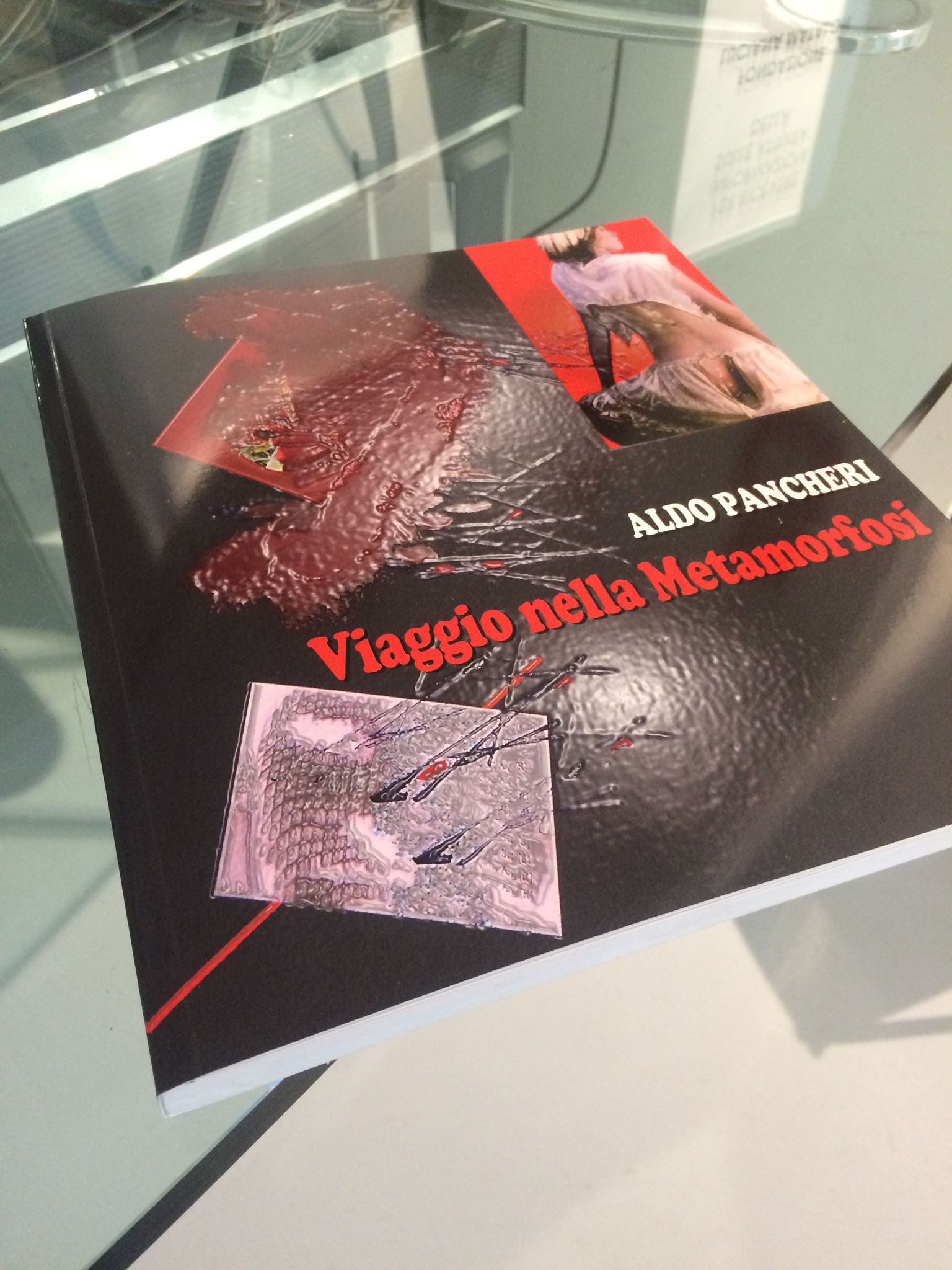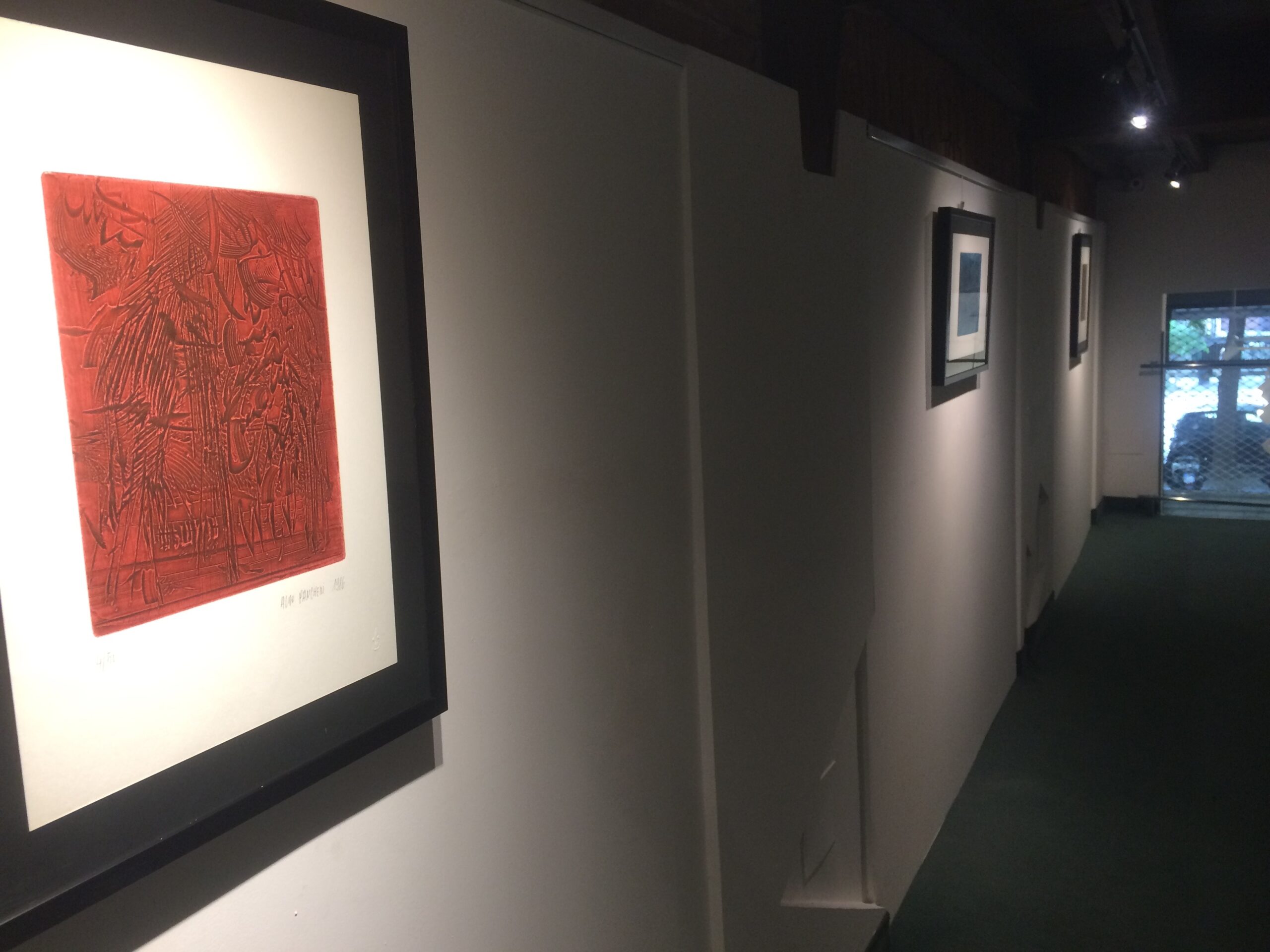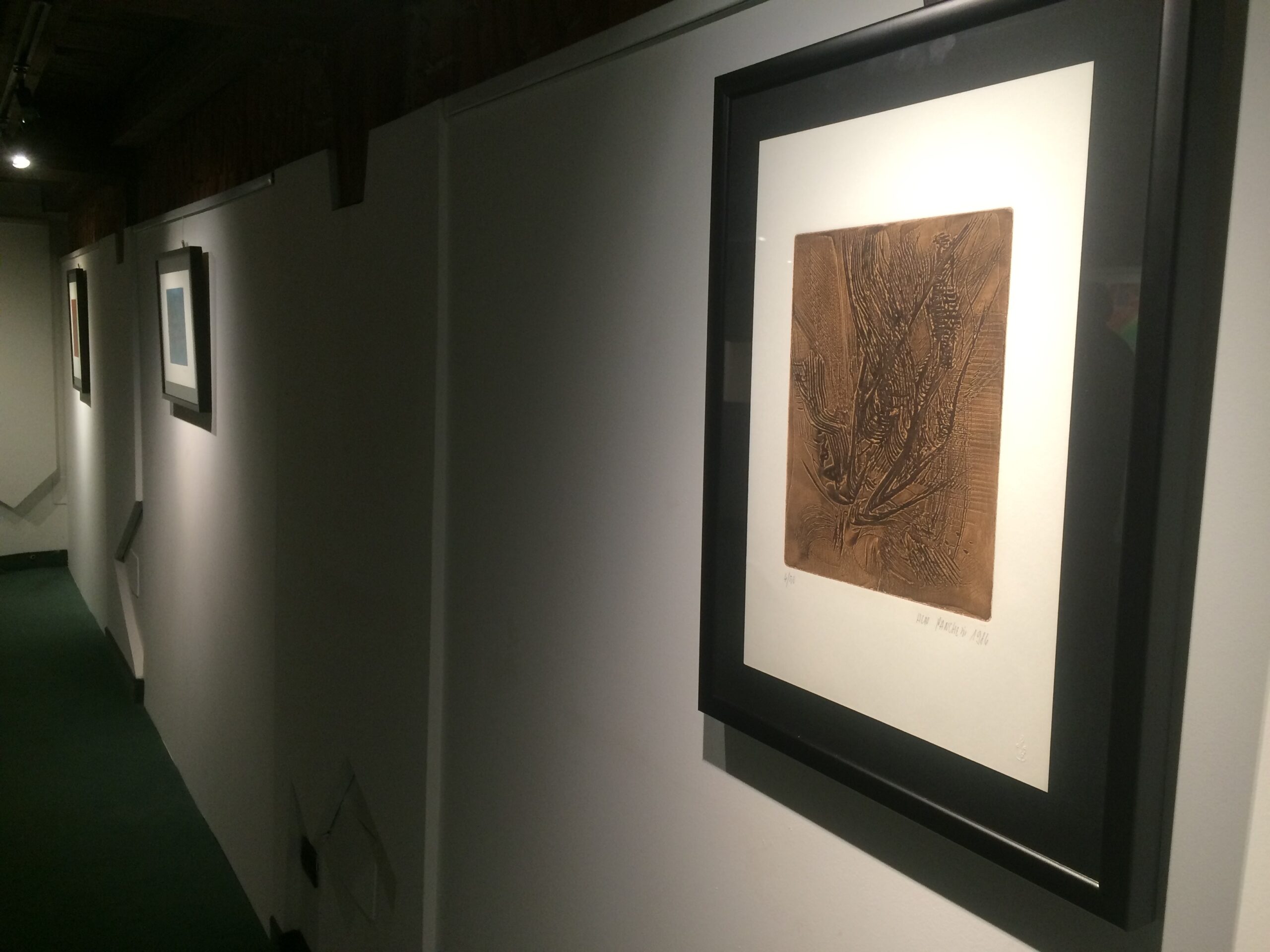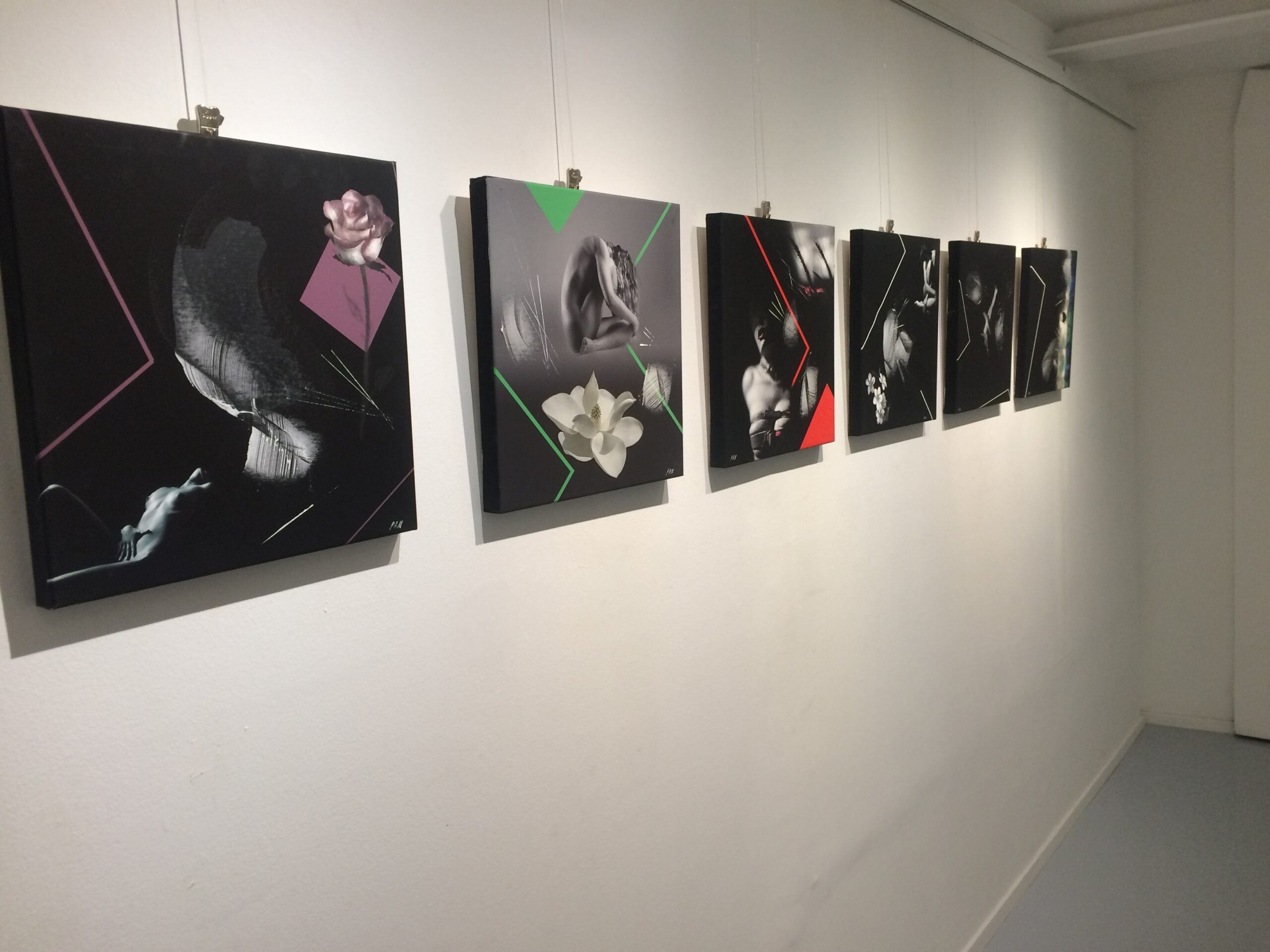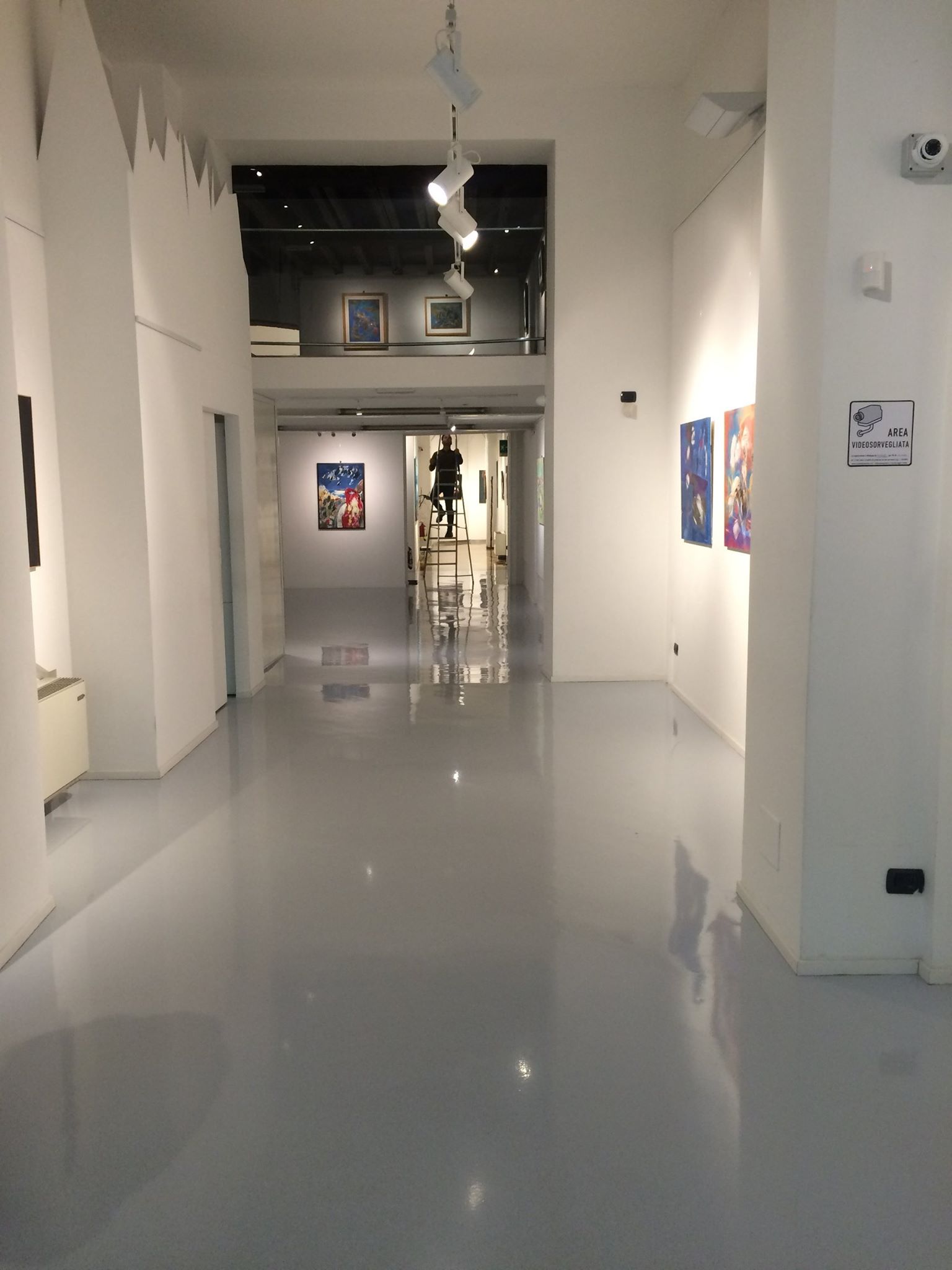
Dal 04 Maggio 2017 al 31 Maggio 2017
Fondazione Luciana Matalon
Foro Buonaparte 67, Milano
Curatori: Annalisa D’Amelio
Sito ufficiale: http://www.fondazionematalon.org
Comunicato Stampa
La Fondazione Luciana Matalon è lieta di presentare dal 4 al 31 Maggio 2017 la mostra “Viaggio nella Metamorfosi” di Aldo Pancheri, a cura di Annalisa D’Amelio.
Questa esposizione di Arte Timbrica è la prima personale in tale senso qui a Milano, ed è però riassuntiva, almeno per quanto riguarda il catalogo, dei più di sessanta anni di attività precedente.
La Fondazione Matalon, propone quindi l’ideatore del movimento di Arte Timbrica con le sue opere recenti e del tutto inedite per quanto riguarda i dipinti figurativi che, con le opere astratte, hanno in comune soltanto la spazialità e l’ideazione segnica del timbro.
Fa seguito alle precedenti esposizioni collettive nel 2014 e 2015, alla Biblioteca Civica G. Tartarotti di Rovereto, nell’ambito del MART, nella Sala di Rappresentanza al Palazzo della Regione Trentino Alto Adige di Trento, e all’Auditorium dell’Orchestra di Giuseppe Verdi a Milano. Pancheri è conosciuto nel mondo dell’arte in quanto ha esposto personalmente e con numerosi altri artisti in sedi pubbliche e private, in Italia e all’estero.
Fra i molti che hanno scritto di lui, ricordiamo Alfonso Gatto, Gabriella Belli, Roberto Sanesi, Giorgio Mascherpa e Gianfranco Bruno. Nelle sedi pubbliche in Italia e all’estero in cui si trovano sue opere segnaliamo la Raccolta Bertarelli dei Civici Musei del Castello Sforzesco di Milano, il MART di Trento e Rovereto, il museo Denon (Francia), la Galleria d’Arte Moderna delle Marche di Ancona, Palazzo dei Diamanti di Ferrara, Istituto Takagi di Nagasaki (Giappone), le sedi di Firenze e di Ancona della Banca d’Italia.
Aldo Pancheri nasce a Trento nel 1940. Dopo l’istituto Statale d’Arte di Trento si diploma nel 1962 all’Accademia di Belle Arti di Bologna nella scuola di Virgilio Guidi. Negli anni ’70 si stabilisce definitivamente a Milano ed entra in amicizia con l’architetto Luciano Baldessari, artista di fama internazionale, prodigo di consigli e maestro di vita. Numerose le esposizioni in Italia e all’estero con importanti contributi critici.
Per ulteriori informazioni: http://www.aldopancheri.com/Aldo_Pancheri/home.html
Catalogo della mostra con premessa critica di Claudio Cerritelli e testi critici di Alfonso Gatto, Elena Pontiggia, Sergio Dangelo.
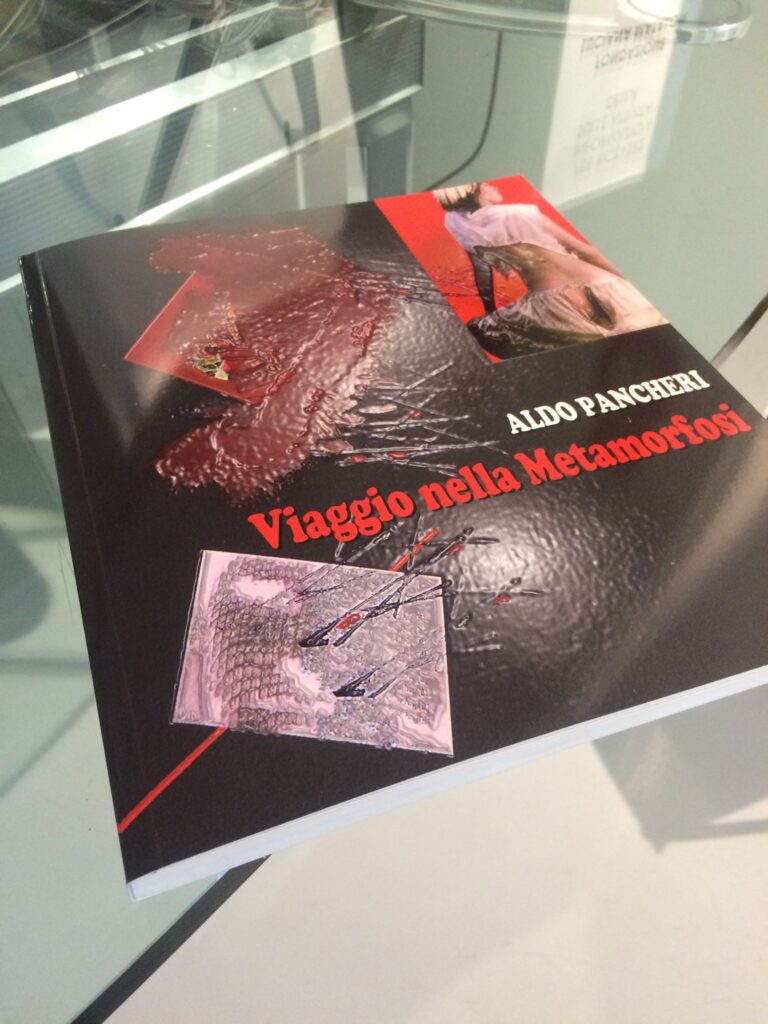
Interview
by Annalisa D’Amelio
Let’s start from the beginning, you come from a family of generations of artists.
How much did that influence your artistic language and how hard was it to reach an artistic identity different from your family members’?
– My uncle Gino Pancheri died way too early for me to know him. My father, obviously, gave me the first input but he has always been careful not to impose me his style, hence I don’t think it was particularly difficult for me to find my own.
On a previous occasion you quoted Alfonso Gatto, whom “didn’t want to be remembered as a poet as much as a good person”.
Surely, based on my knowledge about him, he will also be remembered for his kindness. Your artistic production leaves a lot of room, using lines, shapes and colors to the celebration of feelings. In my opinion the emotional aspect is necessary to be able to evaluate the work of an artist. How similar do you think you are to your pieces and which feelings and message did you try to convey in all these years?
– Life as a whole is under the sign of ambiguity, so it is true that Gatto was an extremely kind person but at the same time, if we read a small section of one of his poems like “Colpa” that starts with
Alle mani di freddo la ringhiera
le scale in sogno,
ci parve l’ultima sera.
Io mi dicevo ch’ero stato buono
tutta la vita
ma a chiedere perdono
salivo in sogno
and ends with
Credevo di portare in dono
le mani a dirmi ch’ero buono.
Erano là i più forti
forti dei nostri torti
i terribili morti
we can see how he recognized himself in others as a mix of good and bad.
Personally I didn’t want to transmit a message, but, like every other artist “Madame Bovary c’est moi.”
Different moments: Milan as a youth choice, almost on the tracks of uncle Gino and Trento as hometown. Did these cities determine a shift in your artistic language or does it depend on the flow of time?
– Indeed we are all a product of our environment, and now the world has gotten really globalized so, in my opinion what counts is, thinking of life as a journey, to concrete all the experiences in the moment they happen since a masterpiece is determined from the acceptance given at the moment of the creation. The subject, the style or the conceptual thinking are the base of it. Quoting Eliot “the purpose of our journey is to go back to the place we started and see it again with new eyes”.
You spent your whole life in the name of art. Who, from all the people you have met, has given you the most both humanly and artistically?
– With no doubt the person that affected me the most, was the architect Luciano Baldessari, whom we all know was a close friend of Lucio Fontana and was called by him to collaborate at the Triennale of Milano and for whom cured the set up at the Royal Palace, after his death. I would like to remember Sergio Dangelo with whom I have had expositions more than once, the sculptor Giancarlo Marchese, the painter Aldo Schmid, innovative artist from Trentino and Attilio Rossi creator of “Campo Grafico”.
Arte Timbrica of which you are absolutely pioneer and inventor.
Mark and identity, let’s talk about it…
– Obviously we can not talk about invention since stamps have been existing, as we know, for the longest time. The creation is not in the stamp but in being able to help artists with different cultural backgrounds communicate, and with the creation of a personal stamp, which absolutely matches their personalities like the timbre of a voice corresponds to a person. Above all, every artist can use its own stamp in countless ways and keep the value of a unique art piece.
What kind of message would you like to leave with your art?
– Honestly I don’t think any artist has an actual message to leave for the future, since I don’t think this kind of will even exists in art, unless there’s the awareness of the infinite possibilities of messages and languages in every age. If an artwork has a real value, time will carry it, but this is also a personal thought.
The name of this exhibition is “Viaggio nella metamorfosi” since metamorphosis is part of an artist. Which are the main changes of your works? Did they happen at the same time of the ones on personal level?
– Clearly I didn’t know I would create Arte Timbrica, even though, in my long artistic journey the sign element has been with me from my first solo exhibition at the Vinciana Gallery in Milan. The metamorphosis happened particularly because of unpredictable experiences and I think we can all relate, artists or not. As for me, this metamorphosis can also be thought as a king of backward conversion, and quoting Bréton “the beauty will be convulsive or won’t be”. From Bréton’s age a lot of years passed so we can finish by quoting Qohelet “There’s never anything new under the sun”, but without wanting to contradict him, actually, art like life is in a continuous change.

